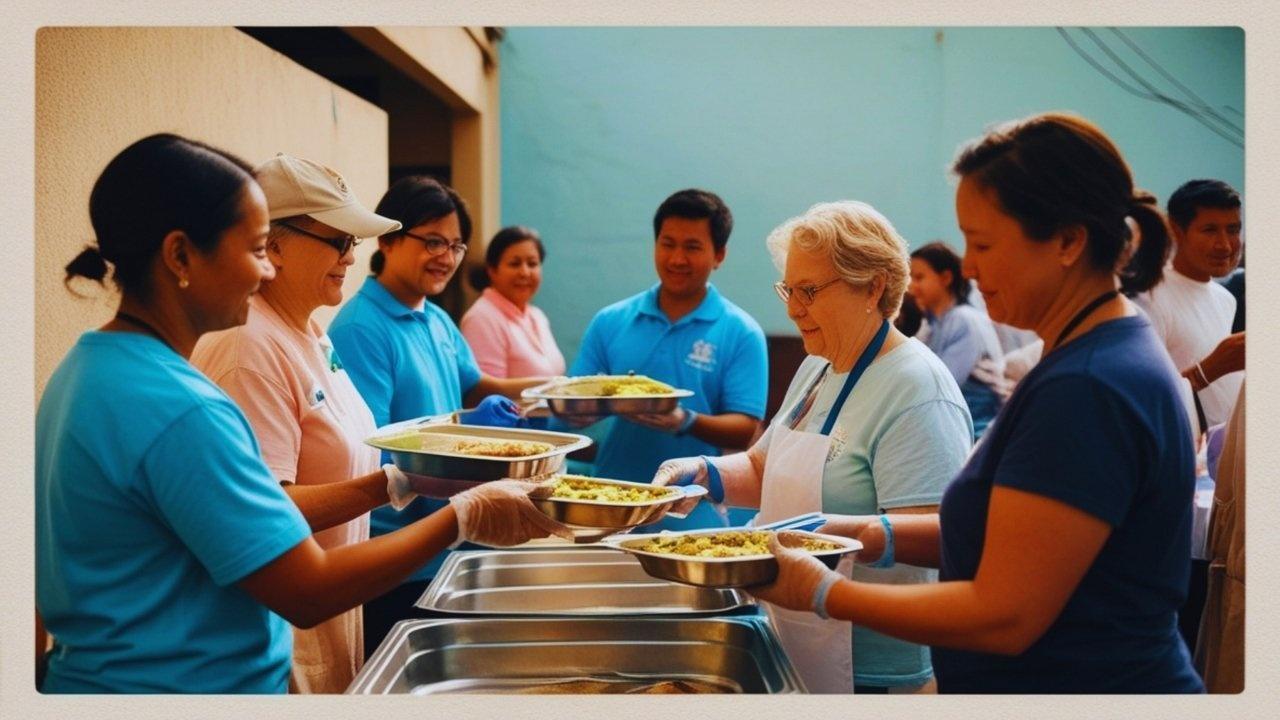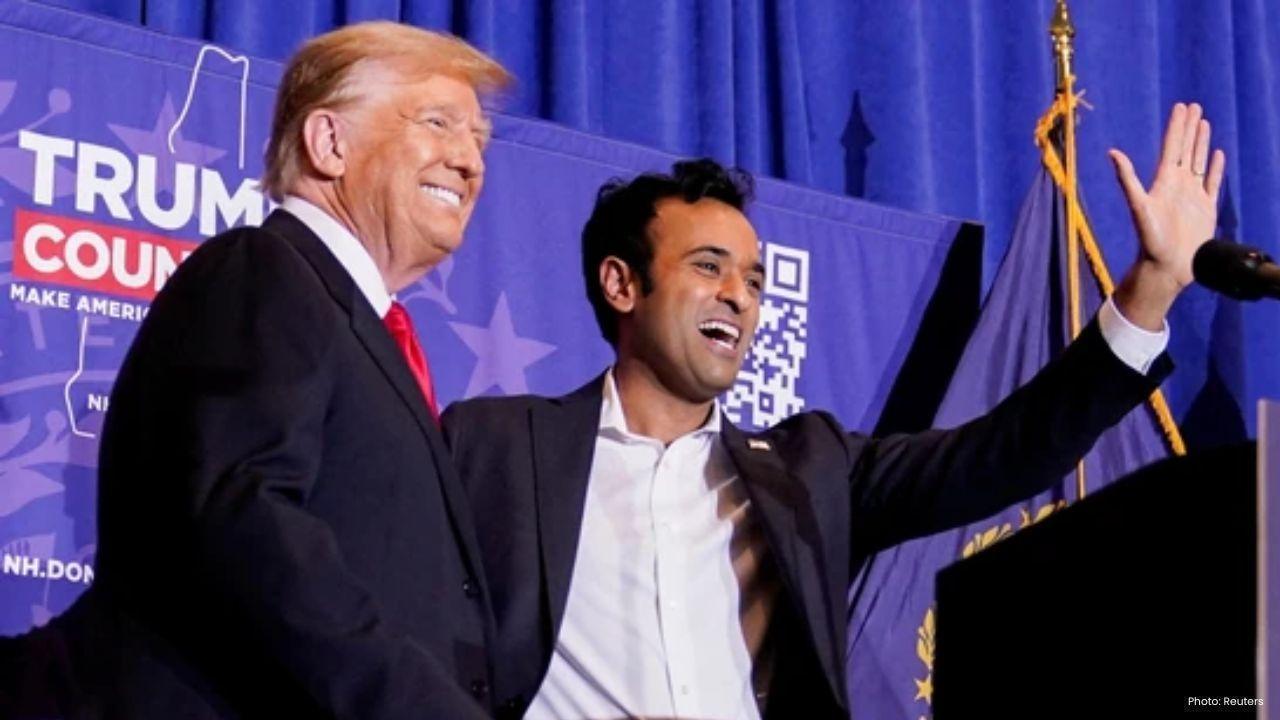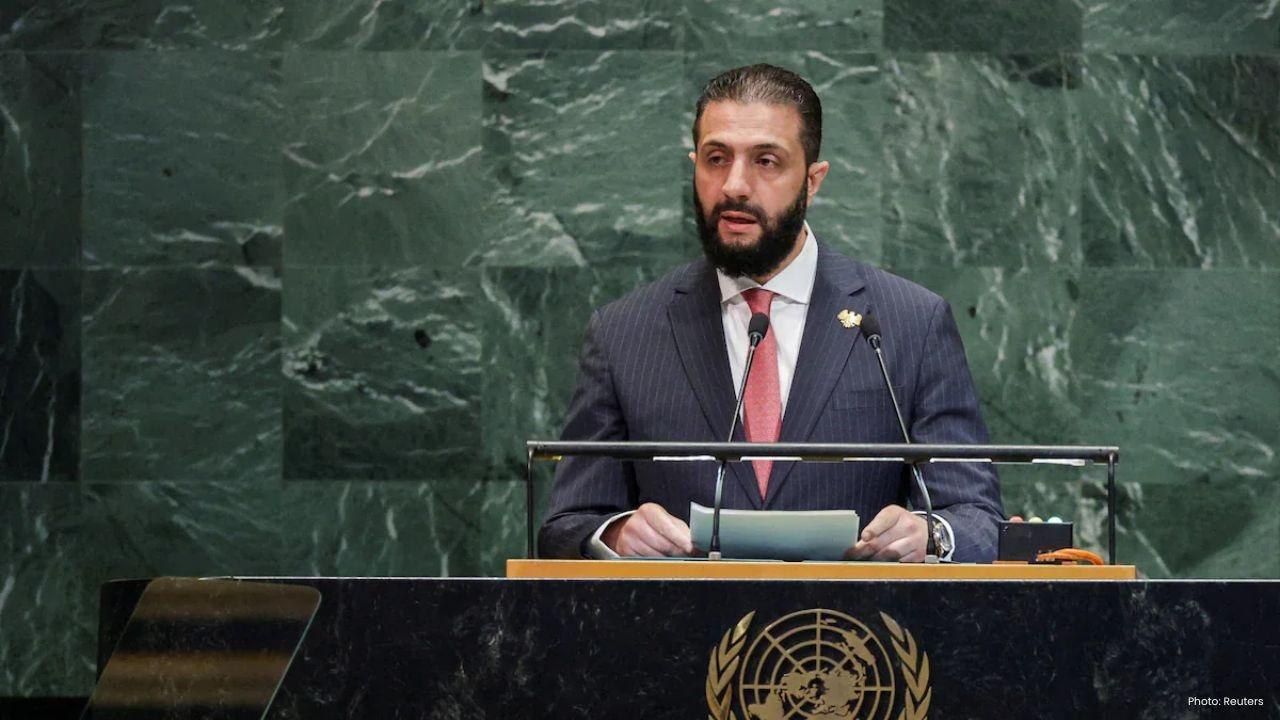
Post by : Anees Nasser
Serving meals to others has deep roots in many faiths and communities, where shared food has long been a vehicle for solidarity and moral duty. In South Asian settings, the practice known as Seva—voluntary service—has historically included communal kitchens and free meals. These traditions laid the groundwork for wider public approaches to collective feeding.
Recently, however, the practice has extended beyond places of worship. Urban organizers, civic groups and private initiatives now stage community dining events that borrow from Seva’s ethos but adapt it to contemporary civic life. These gatherings aim both to nourish and to foster social ties across diverse urban populations.
This analysis reviews the expansion of Food for Seva initiatives, their socio-cultural implications and the ways they are reshaping lifestyle norms.
At its core, Seva privileges giving without expectation. Feeding others has been central to this ethic—examples include gurudwara langars, which historically delivered free meals to all comers as a practice of universal hospitality. This inclusive model has inspired contemporary adaptations outside religious institutions.
Today’s iterations appear in community kitchens, social dining events and pay-it-forward formats organized by NGOs, social enterprises and volunteer networks. These assemblies focus on equitable access, environmental responsibility and mutual engagement while offering participants concrete ways to contribute to communal welfare.
What began as ritualised service is increasingly embedded in everyday life. Participating in shared meal projects can signal ethical commitments and cultivate networks; for many, it functions as an expression of mindful consumption and social responsibility.
In societies where digital interaction dominates, community meals provide face-to-face contact that nurtures trust and empathy. Collaborative cooking and communal dining create environments where people converse, cooperate and develop social capital.
These events often showcase a range of cuisines, allowing participants to both preserve traditional recipes and experiment with hybrid dishes. The culinary dimension becomes a vehicle for cross-cultural exchange and culinary learning.
Organisers emphasize ingredient provenance, balanced nutrition and waste minimisation. Collective meal preparation encourages plant-forward options, portion control and practices that redirect surplus food to vulnerable groups.
Social platforms amplify Food for Seva activities, turning local events into visible examples of community action. Visual storytelling and short-form video help mobilise volunteers and inspire similar projects elsewhere.
Many organisers integrate sustainable sourcing, reusable serveware and zero-waste techniques into event planning. Such practices align social service with environmental priorities and appeal particularly to younger participants concerned with climate impacts.
Leftovers and surplus food from events are frequently routed to shelters and charities, turning community meals into practical interventions against local food waste and insecurity.
Partnerships with farms, culinary institutes and food brands expand capacity and reach. These collaborations can scale impact while imparting culinary skills and supply-chain awareness to volunteers.
Participating in community food initiatives is increasingly perceived as a marker of civic-mindedness. In urban environments, these activities complement other indicators of social engagement, reflecting a preference for contribution over consumption alone.
Consumers are beginning to favor hospitality venues and brands that demonstrate a commitment to social causes, prompting the food service sector to integrate community-focused programming into offerings.
Beyond short-term assistance, community meals function as informal classrooms where participants learn about nutrition, food hygiene, traditional techniques and cross-cultural culinary knowledge.
Scaling community meal programmes requires robust logistics: reliable ingredient supply, volunteer management, food safety compliance and quality control. These factors can constrain replication across multiple sites.
There is a tension between preserving the altruistic origins of Seva and adapting activities to gain lifestyle appeal. Excessive commercialisation or performative visibility risks undermining the underlying ethic of service.
Sustained engagement depends on variety, demonstrable impact and educational value. Without innovation and measurable outcomes, participation may wane after initial interest fades.
While rooted in South Asian practice, similar community feeding models have appeared in cities worldwide. Volunteer kitchens, pop-up communal dinners and social dining collectives reflect shared aims of inclusion and connection.
Businesses are increasingly embedding community meal activities into CSR programmes, offering staff volunteer opportunities and event sponsorship that extend social impact while engaging employees.
These initiatives demonstrate how long-standing cultural principles can be reinterpreted: traditional hospitality is combined with modern coordination tools, professional culinary input and narrative framing that appeals to contemporary audiences.
Digital platforms and mobile apps will likely broaden participation by simplifying coordination, volunteer recruitment and surplus-food redistribution, enabling more distributed and responsive models of community feeding.
Future iterations may integrate nutrition experts to ensure offerings support physical and mental well-being, aligning community service with public health objectives.
As awareness and organisational capacity grow, participation in Seva-inspired meals could become a routine aspect of civic life—an everyday practice that combines social responsibility with communal ritual.
Food for Seva is moving from a primarily religious practice to a broader social phenomenon that intersects charity, sustainability and urban lifestyle. By connecting volunteers, diners and service recipients, these programmes strengthen community fabric while promoting environmentally aware and health-conscious habits.
When managed thoughtfully, Seva-informed meals offer more than temporary relief: they provide spaces for intercultural exchange, civic education and collective well-being, pointing to a model of community engagement with durable social benefits.
The information presented here is intended for general informational purposes and should not replace professional guidance. Organisers and participants should consult local health regulations and best-practice guidelines when planning community meal activities.










Paramount+ Wins Five-Year Deal to Stream PBR’s 'Unleash the Beast'
Paramount+ has inked a five-year streaming agreement to carry PBR's Unleash the Beast live from Dece

Zohran Mamdani's Historic NYC Win Marked by Bollywood Finale
Zohran Mamdani captured the New York mayoralty — the city's first Muslim and South Asian mayor — and

Indian Tennis Veteran Rohan Bopanna Ends Illustrious Career
Rohan Bopanna retires from tennis at 45 after winning two Grand Slams, becoming world number one, an

Babar Azam Becomes Top Run Scorer In T20I Cricket History
Pakistan’s Babar Azam has overtaken India’s Rohit Sharma to become the highest run-scorer in men’s T

BTS Comeback 2026 Group Plans Biggest-Ever Global Tour
BTS is set for a long-awaited comeback in 2026, followed by a massive 65-city world tour. Fans hope

India Stuns Australia to Reach Women’s World Cup Final
India shocked seven-time champions Australia in the Women’s World Cup semi-final, chasing 339 runs w